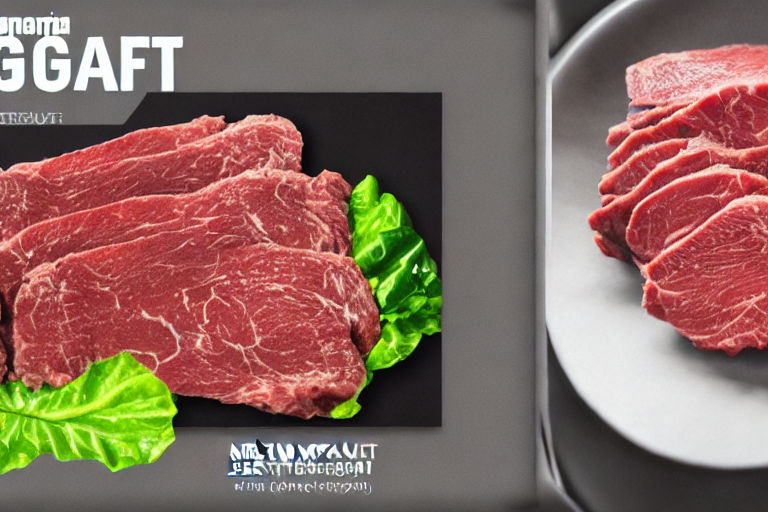The History of Wine Closures: From Clay Jars to Modern Screw Caps
When it comes to enjoying a bottle of wine, one of the important factors that can affect the taste and preservation of the wine is the type of closure it has. Over the years, wine closures have evolved from simple and traditional methods to more advanced and modern approaches. In this article, we will take a brief look at the history of wine closures, from clay jars to modern screw caps.
Clay and Wax Seals
The earliest method of sealing wine was by using clay jars. In ancient times, wine merchants would seal their wine in clay jars to prevent air and bacteria from entering the wine. Later, the use of wax seals became popular. Wine bottles were sealed with a cork and then waxed to prevent any leakage.
Cork Stoppers
Cork stoppers were first used in the 17th century and quickly became the most common type of wine closure. Cork is moisture-absorbent, making it perfect for keeping the wine sealed while allowing the wine to age properly. However, while cork stoppers are effective, they can also be prone to cork taint, which can ruin the taste and aroma of wine.
Synthetic Corks
In the mid-20th century, synthetic corks were introduced as an alternative to natural cork. Synthetic corks are made from materials such as plastic or silicone and are more consistent in size and shape than natural cork. They are also less prone to cork taint, making them a popular choice for winemakers.
Screw Caps
Screw caps were first introduced in the 1950s but did not become popular until the 21st century. While traditionally associated with cheaper wines, screw caps are now used for wines of all price points. They are easy to open and provide a tight seal, ensuring that the wine stays fresh for longer.
Glass Stoppers
Glass stoppers are a relatively new invention in the world of wine closures. They are made from glass and provide an airtight seal. They are also reusable, making them an environmentally friendly option. However, glass stoppers are more expensive than other types of closures, and not all wineries have the equipment to seal their bottles with glass stoppers.
In conclusion, the history of wine closures is an interesting one, with various methods being used over the years, from clay jars to modern screw caps. Whether you prefer your wine with a traditional cork stopper or a modern screw cap, the goal is the same: to keep the wine fresh and enjoyable for as long as possible.



